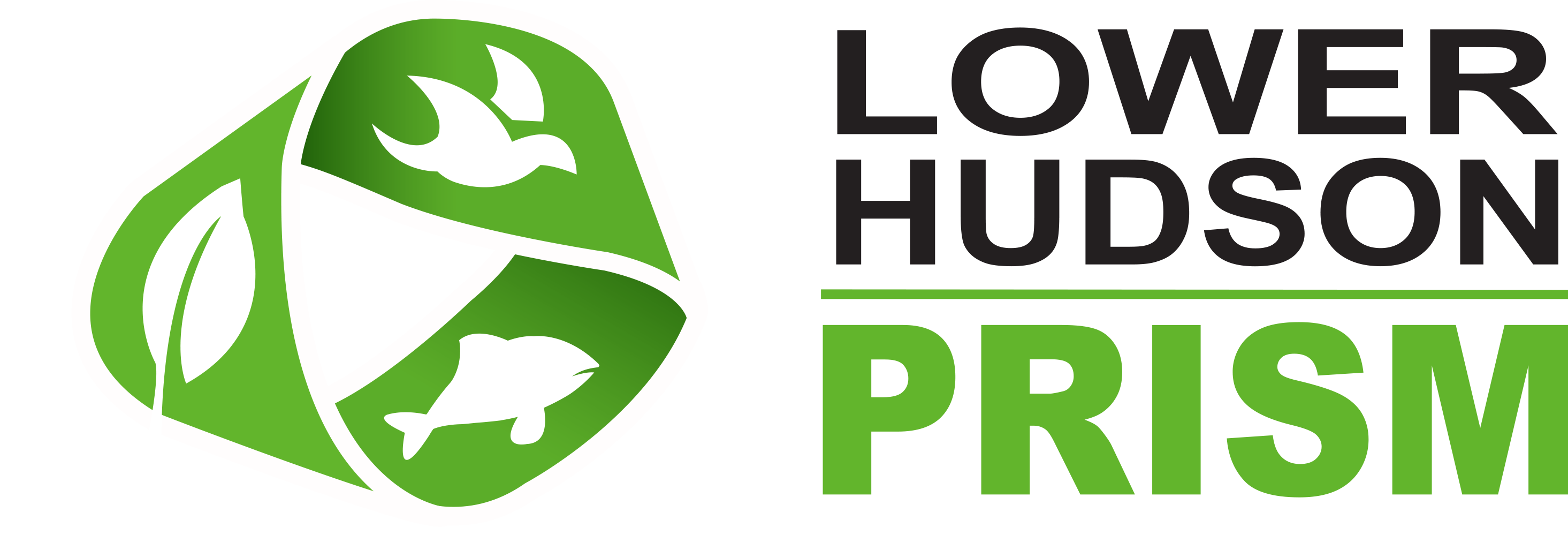Everyone has seen wild plants and animals in urban areas, but few appreciate how many native species survive or even thrive in cities. Urban environments dominated by buildings, transportation infrastructure, industry, and urban parks present many adverse factors to species survival, including pollution, contaminants, dryness and heat, vehicular traffic, and trampling. These same environments can present favorable sites for certain species: built habitats that resemble natural ones (e.g. buildings resembling cliffs), abundant food (refuse, feeders, ornamental plants, pest animals), or the absence of predators or competitors. Dr. Erik Kiviat draws examples from the New York metropolitan area to illustrate how diverse the urban biota is, what proportion of local organisms are native or non-native, which groups are "urban-tolerant" or "urban-sensitive," and what actions environmental decision-makers are taking to conserve or undermine urban biodiversity. Register Here
Date:
Friday, November 7, 2014 - 2:00pm to 4:00pm
Location:
The New York Botanical Garden; www.nybg.org

